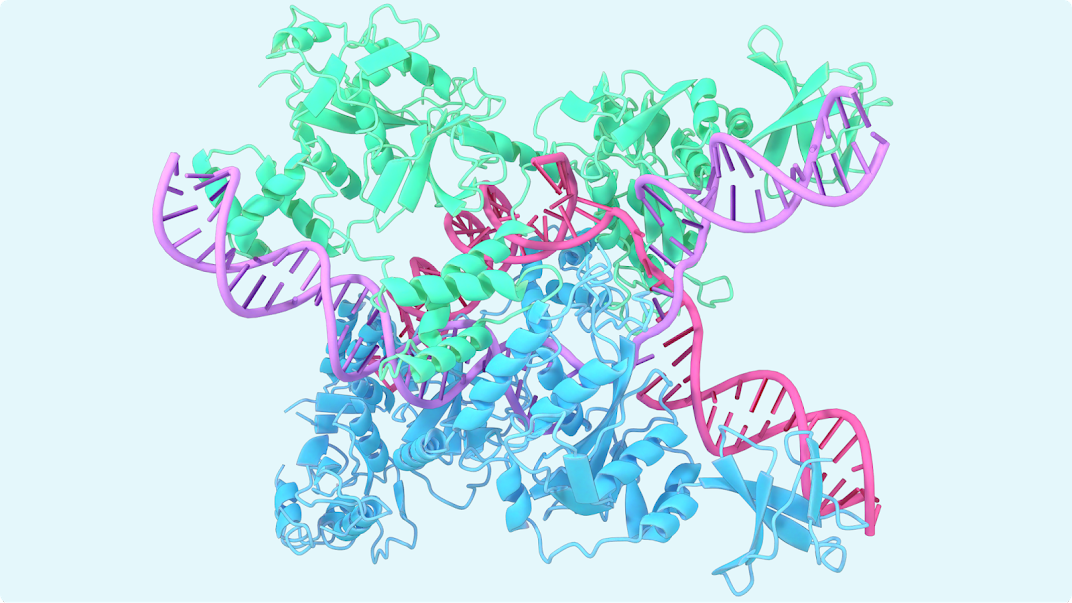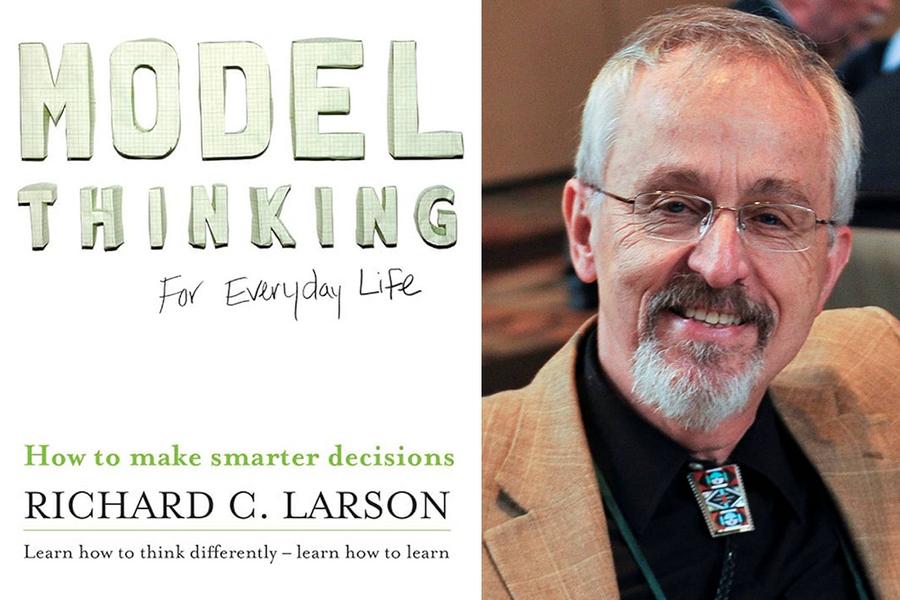The spike in vaccine coverage brings an end to some of the world’s deadliest diseases.
Vaccines work by triggering the response of the human immune system, inducing memory B-cells which will protect the body against infections. This provides a long-lasting immunity against diseases.
Edward Jenner is often credited to have performed the world’s first vaccination. In 1796, Jenner treated an eight-year-old boy infected with smallpox.
He had accomplished this by extracting pus from a cowpox lesion and injecting it into the patient, triggering the immune response. Since then, the boy had been unaffected by exposures to smallpox.
Fast forward to the current century, vaccination has become a widespread procedure not only for smallpox but also for other diseases.

Increased coverage
According to the data from the World Health Organization (WHO), the most widespread vaccine in the world as of 2018 is for tuberculosis. Roughly 89% of the one-year-olds in the world have received immunisations for the disease.
Other widely-used vaccines are for tetanus (86%), polio (85%), hepatitis B (84%), and Haemophilus influenzae type b (72%).
The increased coverage of vaccines has resulted in massive declines in morbidity when compared to the previous century.
Substantial impact
Historical data recently published by the Centers for Disease Control and Prevention (CDC) provides a glimpse of how much the impact of vaccines is in the eradication of major diseases in the United States.
In their data set, CDC compared the average annual morbidity in the U.S. for selected vaccine-preventable diseases recorded in the 20th century to what was recorded in 2019.
Measles, responsible for 530,217 cases annually, was among the diseases with the highest morbidity rates in the U.S for the 20th century. In 2019, the number of reported cases declined to 1,287 — more than a 99-percentage-point decrease.
Pertussis, which infected around 200,752 people each year in the 20th century only recorded 15,662 cases in 2019. This entails a massive 92-percentage-point decline in morbidity.
In the 20th century, smallpox and polio respectively recorded 29,005 and 16,316 confirmed cases on an annual basis. Due to vaccination efforts, no new cases have been recorded at all in the U.S. for the year 2019 for both of these diseases.
Invigoration
With the surge in support for the anti-vaccination movement, the World Health Organization (WHO) cited vaccine hesitancy as one of the significant factors which have led to the rise of deaths due to preventable diseases in recent years.
On top of this, there has been a spread of false information on vaccines which only added fuel to the fire. It is important for governments to lead information campaigns to build public trust and to eliminate misinformation.
Against the backdrop of a global pandemic, we have learned that the world’s health systems are frail when it comes to effectively dealing with disease outbreaks.
If we truly have learned our lesson, we would realize the need to strengthen the funding for the provision of essential services like vaccination to health institutions. An increase in financial support for vaccine research and discovery is also crucial.










